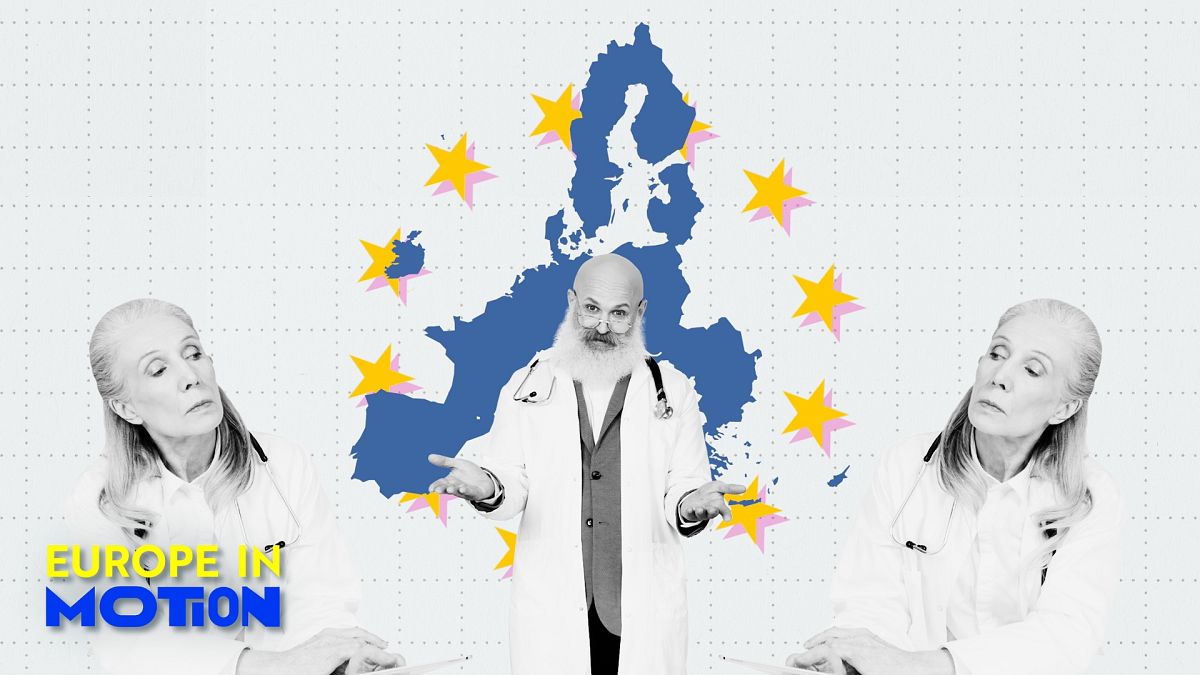The European health sector is facing a workforce crisis. With an ageing doctor population, there seems to be no light at the end of the tunnel.
According to Eurostat, the number of doctors in the EU is 1.83 million, a marginal increase from 2021, when it stood at 1.82 million.
The bloc’s largest economies face mounting pressure in the health sector due to doctor shortages, salary issues, strikes, and increasingly older average age of healthcare professionals.
At the moment, 40% of doctors in the EU are at least 55 years old.
Which countries have the lowest rate of general practitioners?
According to Eurostat, there were around 480,000 GPs in the EU in 2022.
Within the EU, it was easiest to get a GP appointment in a timely manner in the Netherlands, which also has the highest rate of doctors (183) for every 100,000 residents.
Austria was second with 146, followed by Cyprus and France (138 respectively), Liechtenstein (129) and Belgium (120).
Greece had the lowest number of doctors per 100,000 residents in Europe, with just 46, while Montenegro (51), Iceland (56), and Bulgaria (60) also ranked near the bottom.
Italy is the worst-performing country amongst Europe’s largest economies, placing eighth to last in the EU with 80 GPs per 100,000 residents.
Italy, Bulgaria and Latvia have the oldest doctors
Italy also has the oldest doctors in the bloc: 54% are at least 55, while young doctors – aged below 35 – make up only 11%.
That is the lowest rate of young doctors in Europe, except for Liechtenstein.
Like Italy, Bulgaria’s rate of over-55s is 54%, followed by Latvia (47%) Estonia (46%) and Germany (44%).
On the other end of the spectrum, Malta reported the most under-35 doctors, 46%, followed by Turkey (41%) Romania (35%) and the Netherlands (30%).
Video editor • Mert Can Yilmaz
Read the full article here


